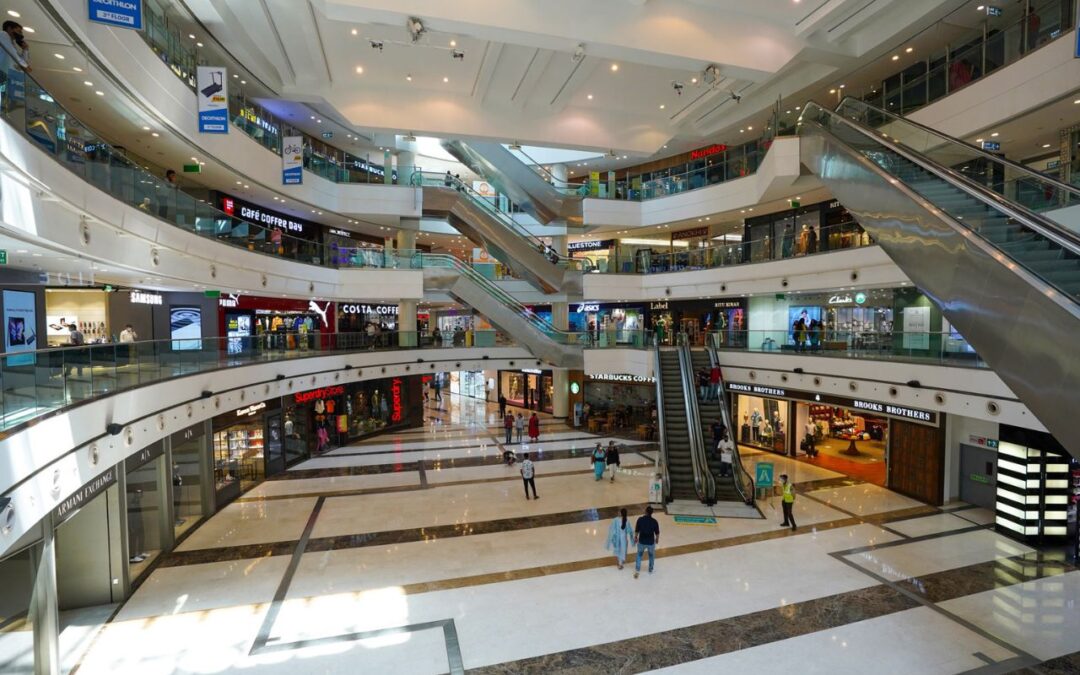Synopsis- The retail narrative in India is moving beyond metros. Developers and brands are actively entering Tier-2 cities where increasing incomes, better infrastructure and reduced leasing rates are providing a superior yield potential. By selecting the right city and the right corridor, investors can capture faster rent growth and more consistent foot-traffic increases compared to saturated Tier-1 malls.
Organized retail demand is shifting to non-metro India, industry reports indicate that developers are planning more than 25 million sq ft of new retail capacity in Tier-2/3 cities by 2029, with North and South India being the favourites. The leasing activity in key cities was robust in 2025 and the mall vacancy patterns showed improvement as retailers re-occupy prime stock, an indicator that retail absorption is healthy beyond the big metros.
Top 6 Tier-2 Cities for Retail Investment in India
1. Indore (Madhya Pradesh)
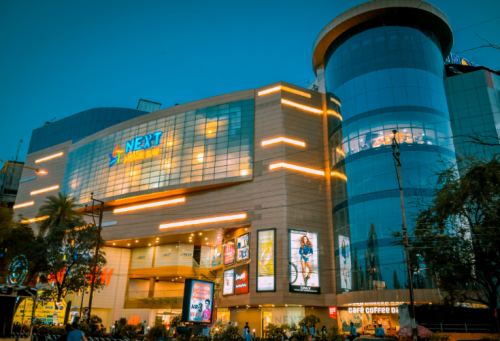
Indore has become a regional retail centre with several mall openings and increasing penetration by organized-retail; local directories indicate active shop leasing and competitive monthly rents on prime streets, projects a strong demand by national retailers to increase their market share. Indore is ranked top among Tier-2 cities where international and national retailers are expanding their store presence.
2. Lucknow (Uttar Pradesh)
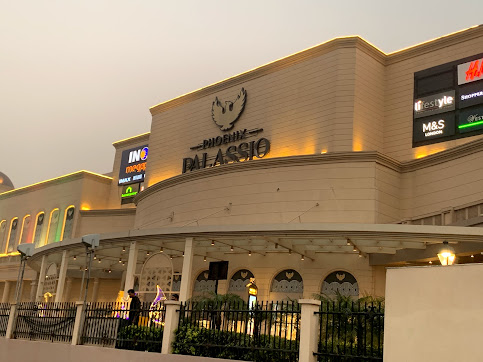
Lucknow has a large population, enhanced road and metro access and a retail supply pipeline in the northern part of India. JLL cites Lucknow among the North Indian cities that will propel the Tier-2 retail supply, making the city attractive for early investors seeking first-mover benefits on new high-streets and malls.
3. Jaipur (Rajasthan)
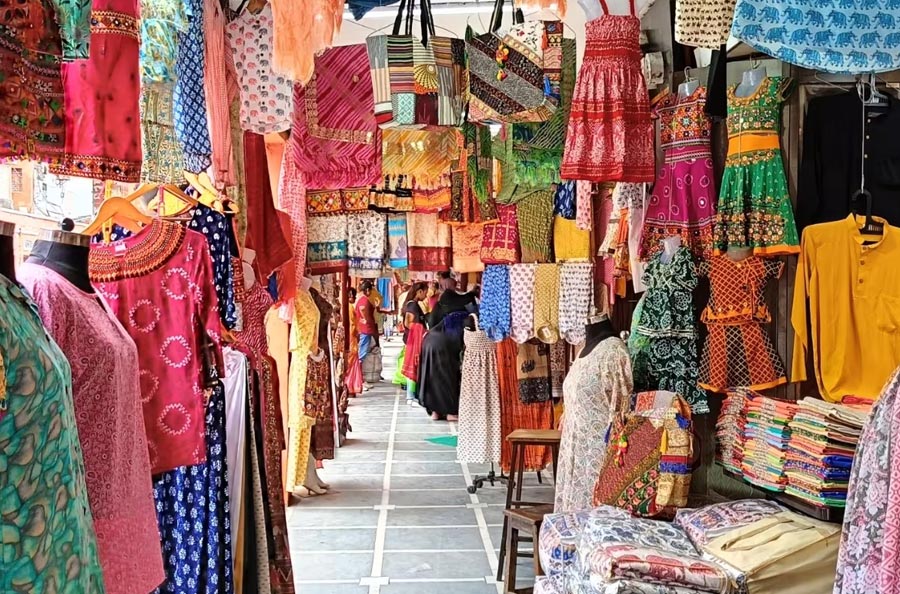
Jaipur is a city with good tourist density with growing local buying power; developers are contributing to the provision of modern malls, and the destination high streets (bazaars and new commercial streets) continue to attract lifestyle and fashion labels, a combination that facilitates daytime as well as evening shopping. JLL in its Tier-2 pipeline identifies Jaipur as key growth city.
Also read: Top 10 Indian States Leading in Digital Transformation in 2025 – Guess Which One Leads
4. Coimbatore ( Tamil Nadu )
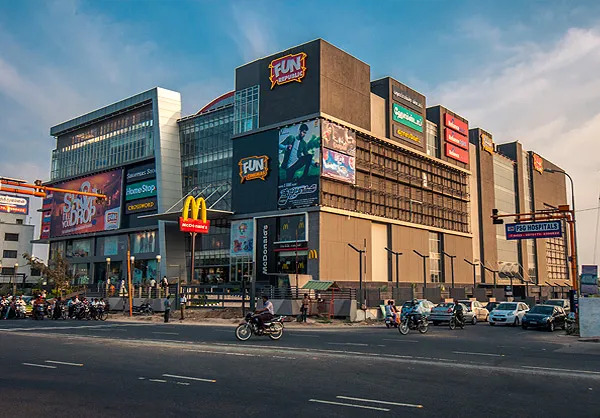
The manufacturing industry (textile, auto parts) in Coimbatore and the increasing youth-professional sustains retail consumption. Southern India constitutes approximately 30% of projected Tier-2 supply and Coimbatore is cited as one of the southern cities that are attracting mall developers, this signals good occupier demand stability.
5. Kochi (Kerala)
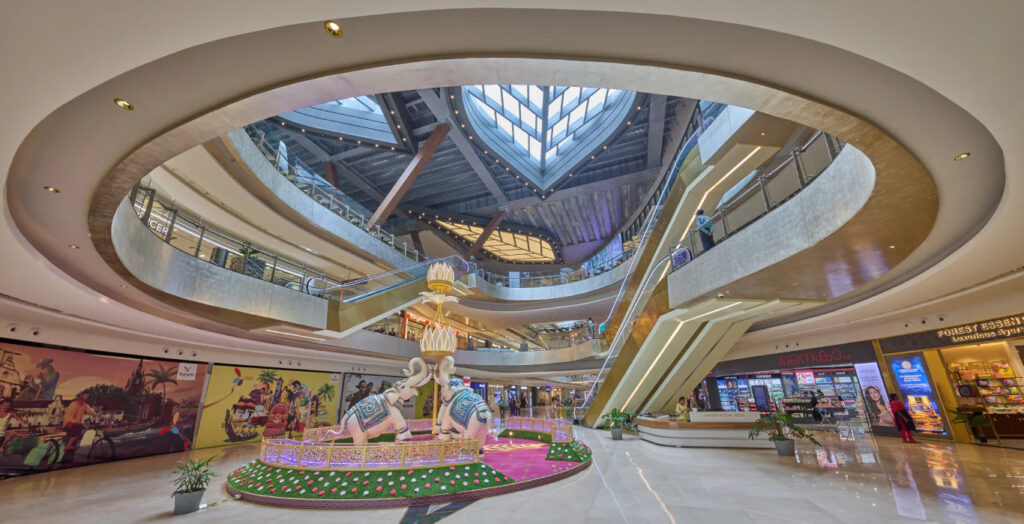
Kochi is experiencing organized city efforts to develop street vending and new market infrastructure, and greater willingness on the part of developers to organize modern retail complexes; local policy reform and municipal projects (new market complexes, moving vendors out of the unstructured vending areas) enhance the viability of commercial streets and malls. This makes Kochi appealing in terms of both local trade and tourism oriented retail.
6. Surat (Gujarat)
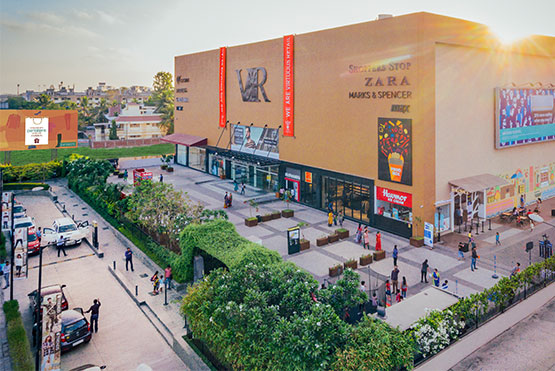
The strong industrial base (diamonds, textiles) in Surat provides the higher disposable incomes in key segments favoring premium and specialty retail corridors. Although there are less large-format malls than metro cities, local high street clusters showcase steady leasing demands from clothing and jewellery brands that target wealthy individuals.
Quick Comparison of Top Tier-2 Cities for Retail Investment
| City | Key Growth Driver(s) | Avg. Rent Trend (High Streets / Malls) | Investor Advantage |
| Indore | Regional hub, organized retail growth | ₹80–120/sq.ft (high-street range) | Strong demand from national/international brands |
| Lucknow | Large population, metro connectivity | ₹70–100/sq.ft | First-mover benefit in expanding corridors |
| Jaipur | Tourism + lifestyle shopping | ₹90–130/sq.ft | Blend of tourist & local consumption |
| Coimbatore | Textile & auto manufacturing incomes | ₹65–90/sq.ft | Stable occupier demand from rising youth population |
| Kochi | Port city, local trade + tourism retail | ₹75–110/sq.ft | Policy reforms boosting organized retail |
| Surat | High disposable incomes (diamonds/textiles) | ₹85–120/sq.ft | Premium & specialty retail catchments |
Final Thoughts
Tier-2 retail offers a sweet spot. Priced lower than in metros, has higher growth potential and provides opportunities to occupy prime positions before markets mature. Prioritize cities where there is a proven demand driver (population/income growth, infrastructure, developer pipeline) and target high foot-traffic corridors or mixed-use developments to mitigate vacancy risk. Use local leasing data and reliable brokerage reports in due diligence as national trends are important, however, micro-location fundamentals determine returns.
Written by Prajwal Hegde


